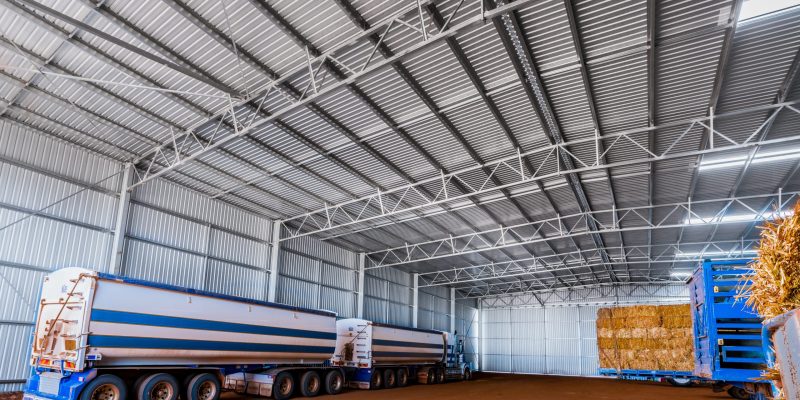The construction landscape has been ever-evolving, and steel structures have paved the way for this revolution. With their strength and versatility, they have reshaped the boundaries of construction and design. From towering skyscrapers to sprawling warehouses, steel has become synonymous with modern construction.
The Evolution of Steel Buildings
– Historical context
Cast your mind back a century or two. The use of steel in construction wasn’t as prevalent. Wooden and brick structures dominated the skyline. However, as our architectural aspirations grew taller and more ambitious, so did the need for materials that could bear the weight of our dreams. Enter steel.
– Modern advancements
In today’s age, the blend of technology and material science has given birth to steel alloys that are lighter, stronger, and more resilient. Steel buildings aren’t just about durability anymore; they represent innovation and progress.
Benefits of Steel in Construction
– Durability
Ever heard the phrase ‘strong as steel’? There’s a reason it exists. Steel is resistant to many of the natural elements that would erode other materials. Think about it: would you rather shelter from a storm in a wooden hut or a steel building?
– Sustainability
In an age where we’re all trying to leave a smaller carbon footprint, steel comes to our rescue. It’s recyclable, meaning old structures can be melted down and reborn as something new, reducing waste and our impact on the planet.
– Flexibility
Imagine trying to bend a wooden plank into a curve. Now, think about how easily steel can be molded into various shapes and sizes. This flexibility gives architects the freedom to dream big and create structures that are not just functional but also aesthetically pleasing.
Steel Warehouse Buildings
– Importance in commerce
In a world driven by commerce and trade, warehouses act as the beating heart. They store goods, facilitate logistics, and often act as hubs for businesses. Given their significance, using steel for their construction ensures longevity and durability.
– Key features
Steel warehouses aren’t just large empty sheds. They come with features like advanced insulation, efficient loading docks, and sometimes even robotic sorting systems. And with steel’s flexibility, customizing these features becomes a breeze.
Considerations When Building with Steel
– Site selection
Location is everything. Before erecting a Steel structure, one must consider the terrain, accessibility, and environmental factors. The right site can extend a building’s lifespan significantly.
– Cost factors
— Initial costs
While steel structures might have a higher initial cost than their wooden counterparts, their longevity and reduced maintenance often make them more cost-effective in the long run.
— Maintenance costs
Steel buildings require minimal maintenance. You won’t need to worry about termites, rot, or mold. A periodic check and maybe a fresh coat of paint are often all that’s needed.
Steel’s Place in Future Construction
– Predictions for the next decade
As we march into the future, steel’s prominence in construction is only predicted to grow. With the continued push for sustainability and durability, it’s hard to see any other material taking its crown.
Conclusion
Steel structures, with their durability, flexibility, and sustainability, have revolutionized modern construction. From historical evolutions to future predictions, it’s evident that steel is here to stay. As we continue to push the boundaries of what’s possible, one thing’s for sure: steel will be at the forefront of our architectural endeavors.



